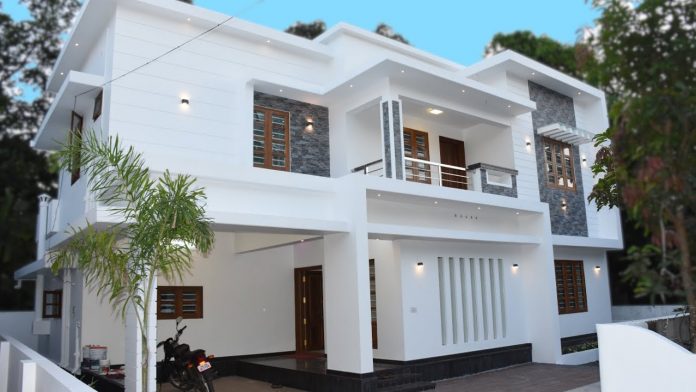the farm-house estate that was permanently occupied by the servants who had charge generally of the estate, which would centre on the villa itself, perhaps only seasonally occupied. The Roman villae rusticae at the heart of latifundia were the earliest versions of what later and elsewhere became called plantations.
Wealthy Romans also escaped the summer heat in the hills round Rome, especially around Tibur (Tivoand Frascati, such as at Hadrian’s Villa. Cicero allegedly possessed no fewer than seven villas, the oldest of which was near Arpinum, which he inherited. Pliny the Younger had three or four, of which the example near Laurentium is the best known from his descriptions.
Roman writers refer with satisfaction to the self-sufficiency of their latifundium villas, where they drank their own wine and pressed their own oil. This was an affectation of urban aristocrats playing at being old-fashioned virtuous Roman farmers, it has been said that the economic independence of later rural villas was a symptom of the increasing economic fragmentation of the Roman Empire.
Archaeologists have meticulously examined numerous Roman villas in England.[1] Like their Italian counterparts, they were complete working agrarian societies of fields and vineyards, perhaps even tileworks or quarries, ranged round a high-status power centre with its baths and gardens. The grand villa at Woodchester preserved its mosaic floors when the Anglo-Saxon parish church was built (not by chance) upon its site. Grave-diggers preparing for burials in the churchyard as late as the 18th century had to punch through the intact mosaic floors.
Total Area : 2200 Square Feet
Location : Angamaly, Ernakulam
Plot : 9.5 Cent
Cost : 90 Lacks with plot









